What is the best way to treat thuja from yellowing after winter?
Tui are evergreen perennial plants that are considered a modern decoration of personal plots. But in spring you can sometimes see such a picture - brown crowns, withered leaves, dried out trunks. It is important to correctly process the yellowing thuja by establishing the causes of the problem.
There is a concept of natural yellowing of crops, but it is typical only for certain varieties and only occurs in autumn. In this case, as well as when a golden hue is visible on an insignificant part of the crown, it is believed that these are the processes of tree renewal. In a situation of massive changes in the color of the branches, especially in spring, it is necessary to take action.
Severely affected coniferous leaves must be removed - only then new greens can appear on the branches.
Causes of yellowing of thuja in spring
For high-quality processing of plants after winter, it is necessary to determine the cause of the change in the color of the needles. Here are the main ones:
- Burning in the spring as a result of exposure to bright sunlight;
- Decay of the root system due to closely located groundwater or stagnant water at the site;
- Damage by pests, diseases, infections;
- Insufficient autumn watering;
- Root system problems due to poor soil;
- Incorrect planting in the fall.
Professionals have developed a number of measures to eliminate color change problems.
Quality cover and pruning
Immediately after winter, they shake off the remaining snow from the thuja, make a shelter of special material so that the crops do not burn in the bright spring sun, otherwise they will turn yellow, there will be a high probability of partial loss of needles. The trunk circles are left open so that the soil warms up well.
To form beautiful crowns, eliminate dry shoots, reduce the risk of fungal diseases, which can also cause yellowing, pruning of already adult two-year thuja is carried out.
The damaged areas must be removed. Trimming procedure carried out in dry, calm weather after removing the covering tissue, using sharpened garden shears. Dense thickets thin out.
Watering and feeding
Important conditions for obtaining lush needles are high-quality irrigation and fertilization of thuja. With insufficient watering, for example, since the fall, the trees winter poorly, and with the onset of warmth it is difficult for them to grow. Thuja can dry out or brown due to insufficient moisture in the crown and root system.
In sunny weather, regular irrigation is carried out using the sprinkler method. It is recommended to mulch the near-trunk circle for better moisture retention, gently water it under the trunk. It is necessary to irrigate in moderation so that there is no risk of a fungal infection.
A reddish-purple shade of the crown is a signal of a lack of phosphorus in the soil; with yellowing or light-colored color, there is a lack of iron. In such cases, nutrients are added to the soil (special liquid dressings for conifers are recommended).
Fertilizer selection
Make-up is an effective method of eliminating the brown tint that has appeared. The most popular means for spring fertilization are:
- "Zircon";
- "Epin".
With aqueous solutions of these stimulating drugs, it is recommended to treat branches that are burnt in the bright sun and left without shelter. Recharge is applied in moderation, otherwise you can harm the trees.
Fertilizers are produced in granules, powders, and liquid forms. Means have proven themselves well:
- Agrecol;
- Planton;
- DuraTec;
- Solufeed.
These are long-acting components, since they dissolve in the soil for 3 months, therefore, the treatment is carried out only once.
For thuja, multipurpose mixtures are suitable: "Multivit", "Azofoska". The formulations are used according to the manufacturer's instructions.
Rooting agents
To improve the growth of the root system, stimulating substances are used. The most popular ones are:
- "Heteroauxin";
- Radifarm.
A simple way to stimulate the rooting of growth of conifers exactly in the year of their planting is the introduction of "Heteroauxin". For trees up to 0.5 m in height, it is necessary to use a solution at a concentration of 0.002%. Contribute 5 liters per plant. For each higher culture add a 0.004% solution of 10-30 liters. The drug is used many times, especially for very problematic plantings.
A stimulant containing amino acids, with the help of which the growth of roots is enhanced, is Radifarm from the Italian manufacturer Valagro. Mix the drug with water (25 g per 10 l), pour 0.3–0.5 l under each young thuja. It is recommended to repeat the procedure after 14 days.
Foliar treatment against yellowing
A feature of this procedure is the spraying of an aqueous solution of drugs along the branches. Such processing is more efficient than root processing for the following reasons:
- Approximately 80% of the introduced nutrients are absorbed.
- The doses of the drugs used are much lower.
- Rapid assimilation of feeding.
This treatment is especially recommended for tight plantings. You can use the funds:
- Novofert;
- Brexil Combi from Valagro.
The plantings are treated by adding 18 g of the substance to a bucket of water. The break between procedures is 14 days.
You can increase the density of the crown, heal the needles using a multicomponent antistress growth stimulator for conifers - Megafol, which activates the synthesis of chlorophyll (30 g of substance per 10 l of water). If necessary, you can repeat the procedure with a two-week break.
Disease prevention
The yellowing of needles can be caused by many diseases. Color change occurs as a result of lesions:
- late blight;
- false shield (tuyeva);
- rust.
The dangerous late blight fungus appears in poorly drained areas where water stagnates. You can prevent the problem by frequently watering crops with fungicides. Prevention of brown shoots is considered to be frequent feeding, sprinkling the roots with limestone. And already in the summer you can treat the plantings with a 2% solution of "Fundazol". Brown shoots are removed.
The presence of yellow spots on the needles is a lesion with a thuja false shield. The tree is treated with special preparations:
- Actellik;
- "Karbofos";
- Rogor.
Spraying the trunks with a solution of soap on denatured alcohol (1 liter of warm water, 15 g of soap, 10 ml of alcohol) together with wrapping it in straw can be a good prevention of thuja false shield. They also use another method - they apply special glue against pests to protect trees.
To eliminate rust, you need to remove all affected areas, spray with a mixture of the drug "Hom" (40 g of substance per 10 liters of water). The first treatment is carried out in the spring (in May), the second - in the summer with relapses. If there is no effect, then they do near-stem watering with a 0.2% solution of "Fundazol" (do not spray).
Pest control
Coniferous leaves can be affected by aphids, bedbugs, mealybugs, juniper scale insects. So that for this reason the planting does not turn brown, prevention is carried out in early spring.
From thuja aphids are sprayed with "Karbofos". Preventive measures against weevils, beetles, caterpillars - treatment of branches with drugs:
- "Fufanon";
- Actellik;
- "Confidor".
Spray using a mask and protective suit. The prophylaxis is repeated 3 times a week.
So, faced with a change in the color of the conifers, it is necessary to find out the reason and only then proceed with measures for processing the branches. It is important not to overdo it with fertilizers to avoid damaging the roots.Watering, in contrast to spraying, is done only in the near-trunk circles so that the drugs do not fall on the branches. The problem of yellowing of trees can also arise as a result of choosing the wrong site, then it is necessary to transplant plants to another place more favorable for their growth.
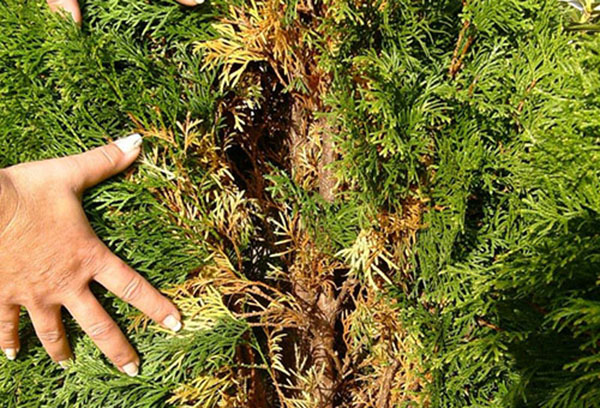
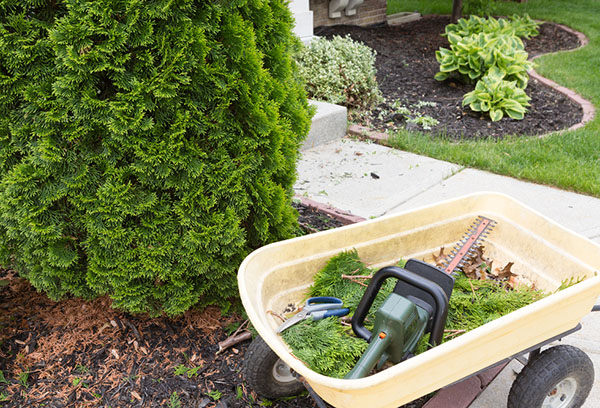
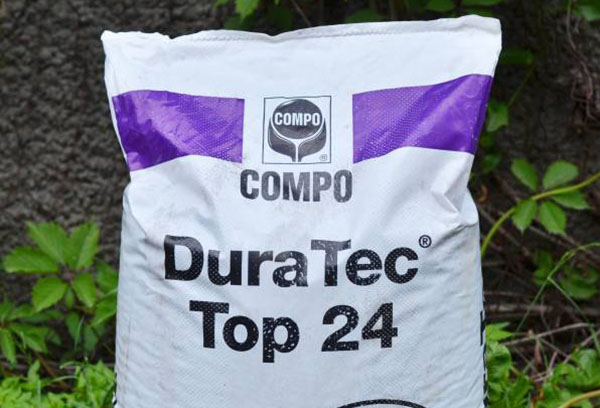


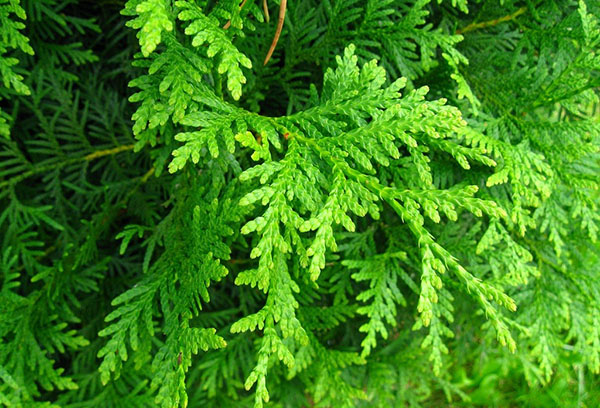

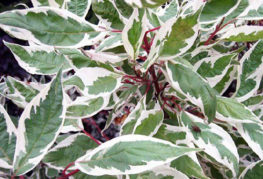
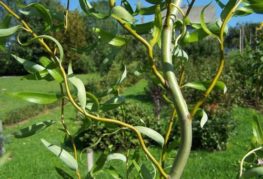
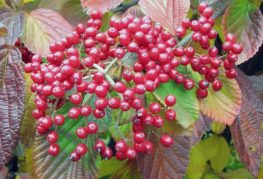
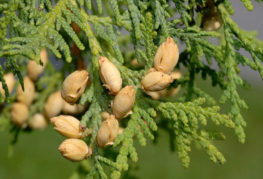
and will be published shortly.